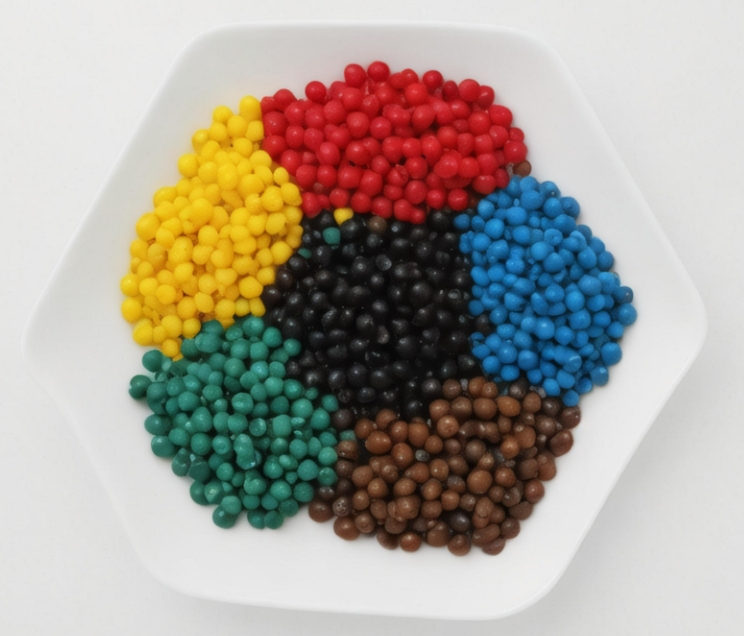When it comes to injection molding, cost efficiency is often a top priority. One of the primary factors influencing the cost of injection molding is the type of plastic used. Understanding the cost differences between various plastics can help manufacturers make more informed decisions. In this blog, we’ll explore which plastic is the cheapest for injection molding and why.
Understanding Plastic Costs in Injection Molding
The cost of plastic for injection molding is influenced by several factors:
- Material Cost: The raw price per kilogram or pound of the plastic.
- Processing Cost: How easily the plastic can be molded and the energy required.
- Properties: The required mechanical, thermal, and chemical properties of the finished product.
- Availability: How readily available the material is, which can affect its market price.
Polypropylene (PP): The Cheapest Option
Among the many plastics available for injection molding, Polypropylene (PP) stands out as the most cost-effective option. Here’s why:
Low Material Cost: PP is widely produced and available, leading to lower raw material costs. It’s one of the least expensive commodity plastics on the market.
Ease of Processing: PP has excellent flow properties, meaning it can be easily molded into complex shapes with minimal effort and energy. This reduces processing costs and cycle times in the molding process.
Versatility: Despite its low cost, PP offers a good balance of properties such as flexibility, toughness, and chemical resistance, making it suitable for a wide range of applications from packaging to automotive parts.
Recyclability: PP is recyclable, which can further reduce material costs by incorporating recycled content into new products.
Other Low-Cost Plastics in injection molding
While PP is the cheapest, other plastics are also cost-effective for certain applications:
Polyethylene (PE): Both High-Density Polyethylene (HDPE) and Low-Density Polyethylene (LDPE) are relatively inexpensive. HDPE is known for its strength and durability, while LDPE offers more flexibility.
Polystyrene (PS): General-purpose polystyrene is another low-cost option, though it is more brittle compared to PP and PE. It is commonly used in packaging and disposable products.
Acrylonitrile Butadiene Styrene (ABS): ABS is slightly more expensive than PP and PE but offers excellent impact resistance and surface finish, making it ideal for consumer electronics and automotive interiors.
Conclusion
In conclusion, Polypropylene (PP) is the cheapest plastic for injection molding due to its low material cost, ease of processing, versatility, and recyclability. However, the choice of plastic should always consider the specific requirements of the application to ensure optimal performance and cost efficiency. By understanding the cost implications of different plastics, manufacturers can make informed decisions that balance cost and functionality.















